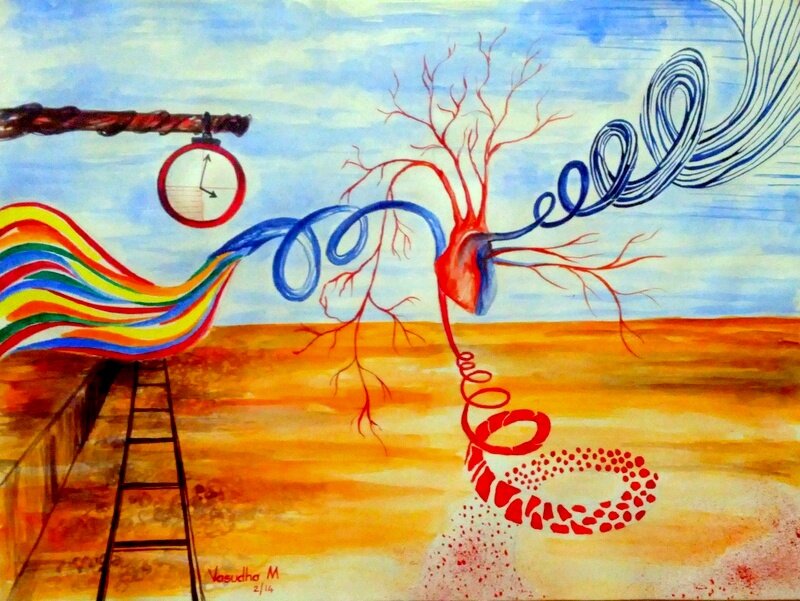The miracle of life
Welcome. And congratulations. I am delighted that you could make it. Getting here wasn't easy, I know. In Fact, I suspect it was a little tougher than you realized.
To begin with, for you to be here now trillions of drifting atoms had somehow to assemble in an intricate and curiously obliging manner to create you. It’s an arrangement so specialized and particular that it has never been tried before and will only exist this once. For the next many years (we hope) these tiny particles will uncomplainingly engage in all the billions of deft, cooperative efforts necessary to keep you intact and let you experience the supremely agreeable but generally under appreciated state known as existence.
Why atoms take this trouble is a bit of a puzzle. Being you is not a gratifying experience at the atomic level. For all their devoted attention, your atoms don’t actually care about you - indeed, don't even know that you are there. They don't even know that they are there. They are mindless particles, after all, and not even themselves alive. (it is a slightly arresting notion that if you were to pick yourself apart with tweezers, one atom at a time, you would produce a mound of fine atomic dust, none of which had ever been alive but all of which had once been you.) Yet somehow, for the period of your existence, they will answer to a single rigid impulse: to keep you you.
The bad news is that atoms are fickle and their time of devotion is fleeting-fleeting indeed. Even a long human life adds up to only about 650,000 hours. And when that modest mile stone flashes into view, or at some other point thereabouts, for reasons unknown, your atoms will close you down, then silently disassemble and go off to be other things. And that's it for you.
Still, you may rejoice that it happened at all. Generally speaking in the universe, it doesn't, so far as we can tell. This is decidedly odd because the atoms that so liberally and congenially flock together to form living things on earth are exactly the same atoms that decline to do it elsewhere. What ever else it may be, at the level of chemistry, life is fantastically mundane: carbon, hydrogen, oxygen and nitrogen, a little calcium, a dash of sulfur, a light dusting of other very ordinary elements-nothing you wouldn't find in any ordinary pharmacy-and that’s all you need. The only thing special about the atoms that make you is that they make you. That is, of course, the miracle of life.
Paragraph taken from "The short history of nearly everything" by Bill Bryson.
I have used the technique of Surrealism to depict the above. Surrealism smudges the line between reality and dream. With the juxtaposition of illogical objects, painted with precision of photographs, surrealism has a beauty and depth of its own. The breeze of surrealism has blown and swept me along with it...
Interpretation of the painting:
In the article Bill Bryson speaks about the atoms, and the simple paradox following it.
Our pumping heart is what keeps us alive and in the painting it occupies the central stage. Three main branches spiral out from the heart. Red-Earth, disintegrates into tiny atoms and becomes a part of the earth or vice versa. Blue-Sky, the lines spread out and the atoms become a part of the atmosphere. The last spiral towards the left is the most interesting one. It stretches out to the past, which goes back to the time when the universe was born. And we have made it here, surviving everything, to become what we are, hence the flying colors, a symbol of survival, adventure and victory. Because, we exist.
The left hand side of the painting has an infinite track, a clock that has been ticking, and will continue to forever.
The time reads 4:2, the ultimate answer. (For those who know the question, of course.)

